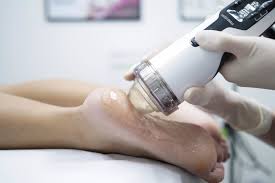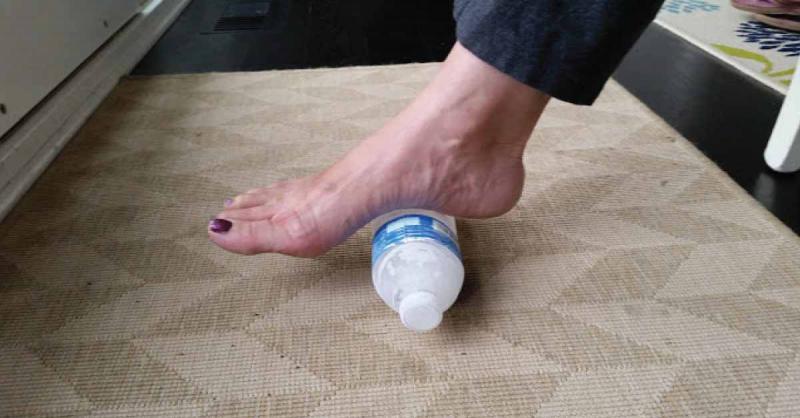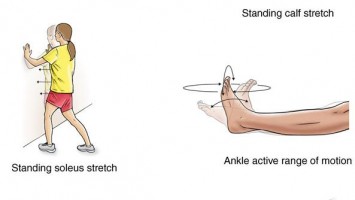What is Heel Spurs Treatment?
- Cold Compress
Cold therapy can help to relieve inflamed heel tissue. One option is to apply a cloth-covered ice pack to your heel. You could also apply a cold compression pack to help keep the ice pack in place. These are sold at many drugstores as gel packs or cold foot wraps. They are kept in the freezer and then wrapped around the foot and ankle. Leave the wrap on for 10 minutes at a time, then unwrap. Repeat the cold wrap application on an hourly basis while you’re awake.
Another option is to roll your foot over a cold or frozen water bottle.
- Shoes and Orthotics
Comfortable and well-fitting shoes can reduce the amount of pressure on the heel spur. This pressure can cause pain and discomfort. Here’s what to look for when evaluating a shoe for comfort when you have a heel spur:
Firm heel support: The back “counter” of the shoe should be firm in order to support the heel and prevent your foot from rolling inward or outward.
Moderate flexibility: A shoe shouldn’t be so easy to flex that it’s collapsible. However, the shoe should have a gradual bend that has some resistance when your foot is flexed or bent.
Slightly elevated heel: A heel insert or shoe that has a slightly elevated heel (no more than 1 inch high) can help take pressure off your painful heel.
You can also have custom orthotics (molded shoe inserts) made that will slip into your shoe. These orthotics are custom-designed to prevent your foot from rolling and provide extra heel support. Falcon heel spurs shoes models are the best solutions.
- Foot Flexes
Stretches for the calf and surrounding muscles as well as the plantar fascia can help to reduce strain and pressure on the heel spur.
- Calf Streches
Stretching in the morning, afternoon, and evening can go a long way in helping you reduce heel spur pain. You can also wear special splints that keep your foot flexed to stretch your plantar fascia and calf muscles at night. These splints are especially helpful in reducing heel pain that occurs first thing in the morning.
- Corticosteroid injections
Corticosteroid injections don’t cure your heel spur, but they can help with some of the pain the heel spur causes. To perform the injection, your doctor will usually apply a numbing medicine to reduce any discomfort at the injection site. While the injection site can vary, most doctors will inject the medication on the inner or middle portion of the heel instead of the very bottom of it.
Although corticosteroid injections can help many people with bone spurs, there is a limit to how often or how many you can receive. This is because steroid injections can increase the likelihood of tendon rupture.
- Surgery
Doctor will usually only recommend surgery for a heel spur if conservative methods like those above have failed. A variety of surgical procedures and approaches exist. The most common approach is to detach the plantar fascia ligament from the heel bone and remove the heel spur with special tools. This reduces pressure from the plantar fascia and removes the heel spur.
Nerve damage is a significant risk factor associated with the procedure. It’s also possible for the heel spur to come back after surgery. After the procedure, it can be several weeks until you can start to walk more normally and with less heel pain.







